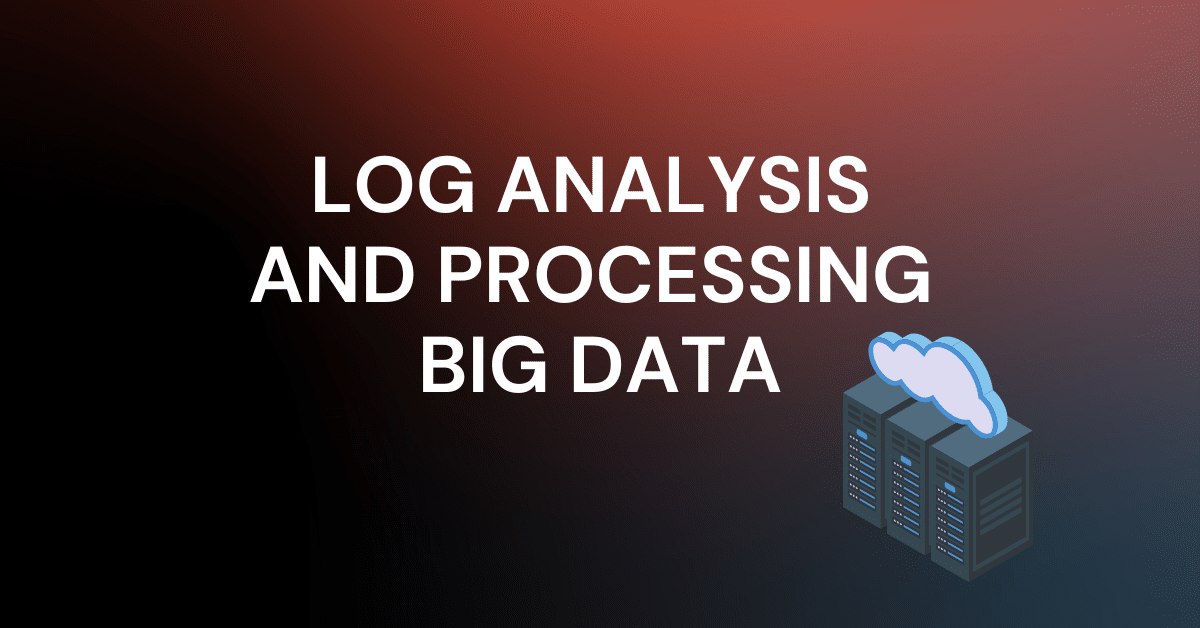To stay competitive, companies who want to run an agile business need log analysis to navigate the complex world of Big Data in search of actionable insight. However, scouring through the apparently boundless data lakes to find meaningful info means treading troubled waters when appropriate tools are not employed. Best case scenario, data amounts to terabytes (hence the name “Big Data”), if not petabytes. If an efficient automated process is not available, it’s virtually and practically impossible to look at only a specific set of information (such as discerning a trend).
Robust enterprise log management software is rare and can be used to filter that single, useful, data-driven advice out of the immensely vast Big Data pools simmering in your business cauldron. On the one hand, it will automatically archive and store the less-important data you rarely search through. On the other, it will help you audit all your logs in the blink of an eye to avoid dumping highly-valuable information in a roughly unprocessed data lake.
BIG DATA FOR BUSINESS – A BOTTOMLESS PIT OF INFORMATION
Modern enterprises generate an immense volume of data, which presents IT professionals with both an opportunity and a challenge. However, even if Big Data has largely become one of the most popular buzzwords in the last few years, this technology trend is anything but a novelty. Big Data has always been there as a wondrous vault full of unreachable treasures. What really has changed lately is that today we possess the instrument and tools to crack this safe and access it to drive the interests of a given company forward.
Big Data is defined as data possessing some very specific characteristics. In particular, other than its enormous size (volume), Big Data is characterized by high variety, velocity, and quality (in the form of validity and veracity). Machine-generated logs represent an immensely rich source of information that can be mined for many purposes. From investigating or preventing potentially hazardous activities, from obtaining performance info about the current health of existing networks, data from logs has many uses that can significantly improve the efficiency of a company.
All applications, operating systems, and networking devices produce logs full of both useful and useless messages. But without an agile-enough log management system, much of this data is too big and unwieldy to be accessed. Log management, processing, and analysis must deal with a massive flow of extremely granular and diversified information produced in real time. Automation is necessary to “skim” all irrelevant data to extract and decrypt useful insights coming from all kinds of unstructured data sources. The most competitive enterprises know that the self-serving route can be walked with relatively contained efforts. On top of that, there’s no need to explain how expensive it could be to pay a 3rd party analytics company.
ANALYZING BIG DATA WITH LOG MANAGEMENT SOFTWARE
To manage the unbridled volume of high-velocity incoming data without excess strain on the end user, a log management tool needs to be sophisticated and flexible. The IT environment of even a comparably smaller enterprise generates countless complex logs every day. If these logs are not centralized during the storage process, retrieving and processing simply become impossible tasks. Logs are not just used for troubleshooting anymore, and must be proactively integrated before any data found inside them could be integrated and correlated.
Event logs provide interesting information about the internal processes and a comprehensive view of the performance of your systems. User logs, on the other hand, are necessary to provide your enterprise with a practical perspective of your technology use cases. They’re an external source of raw information that needs to be integrated with great accuracy with internal information to pinpoint the root causes of an issue or other types of data-driven insights. The overall volume of these logs can be massive, both because of the large total number of logs, and because the sheer size of individual logs can sometimes be huge. Since no typical Notepad editor can manage files as large as tens of gigabytes, log management systems become a necessity.
Variety and veracity of the log files must be confirmed. Configuration differences may generate inaccurate information that must be validated before it is indexed, parsed, and analyzed. A reliable log management platform must also be able to collect and store raw log files from different business sources at the same time to identify market and clustering trends. The high speed at which data is collected may make the aggregation and transformation process cumbersome if the logging strategy is not planned to be fluid and agile enough. The speed at which business intelligence is analyzed through SAP HANA and Hadoop doesn’t matter if data is bottlenecked at the log gathering step.
FINAL THOUGHTS
Accessing the world of Big Data through log analysis can bring an unexpected breath of fresh air to any business. Log file visualization and analysis may improve the performance of apps and servers, and allow customer and business intelligence-driven insights to positively impact the enterprise in a practical way. However, logging management can be a very time-consuming process when it is not optimized with the right tools.


